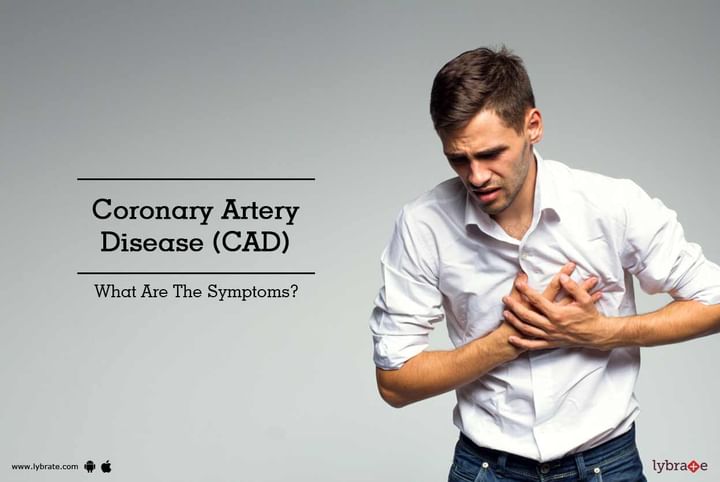Coronary Artery Disease (CAD) - What Are The Symptoms?
The coronary arteries supply the heart with oxygen-enriched blood and nutrients. If these arteries become damaged or diseased; they could cause Coronary artery disease or CAD. Plaque deposits on the walls of the arteries are the most common cause of this disease. This plaque is usually the result of high cholesterol levels. As the plaque builds up, the passage of blood flow is reduced. This reduces the amount of blood that reaches the heart. In cases of a complete blockage, CAD can even cause a heart attack. Because of its slow progression, this disease is often not diagnosed until it reaches a dangerous stage. However, it can be prevented and treated if diagnosed in time.
In the early stages of CAD, symptoms are not very noticeable. Symptoms become visible only when blood flow tCoronary Artery Diseaseo the heart reduces and the heart has to pump harder than normal. The most common symptoms experienced include:
- Chest Pain: This is also referred to as angina. It may feel like a tightening of the chest or pressure on the chest as though someone is pressing against it. This type of chest pain may be triggered by emotional or physical stress. It is usually relieved within a few minutes of stopping the activity. Women may experience this pain as a sharp, fleeting pain in the back, arm or neck.
- Breathlessness: When the heart does not receive enough blood, it has to work harder to pump blood through the body. This may be translated to breathlessness of shortness of breath when performing any type of physical activity. It can also cause extreme fatigue.
- Heart Attack: A heart attack is the most severe symptom of coronary artery disease. This is caused by the complete blockage of a coronary artery. A heart attack can occur without any symptoms or be preceded by slight symptoms. The signs of an impending heart attack include pain in the chest and shoulder, shortness of breath and extreme sweating. The chest pain may also travel to the lower jaw. These symptoms are more pronounced in men as compared to women. Women have a higher tendency of experiencing atypical signs such as extreme fatigue.
Other symptoms that might indicate coronary artery disease are dizziness, nausea and an irregular heartbeat. The good news is that this disease can be prevented. Staying physically active, maintaining a healthy weight, reducing stress and eating a low fat and low salt diet can help reduce the risk of CAD. In case you have a concern or query you can always consult an expert & get answers to your questions!



+1.svg)
